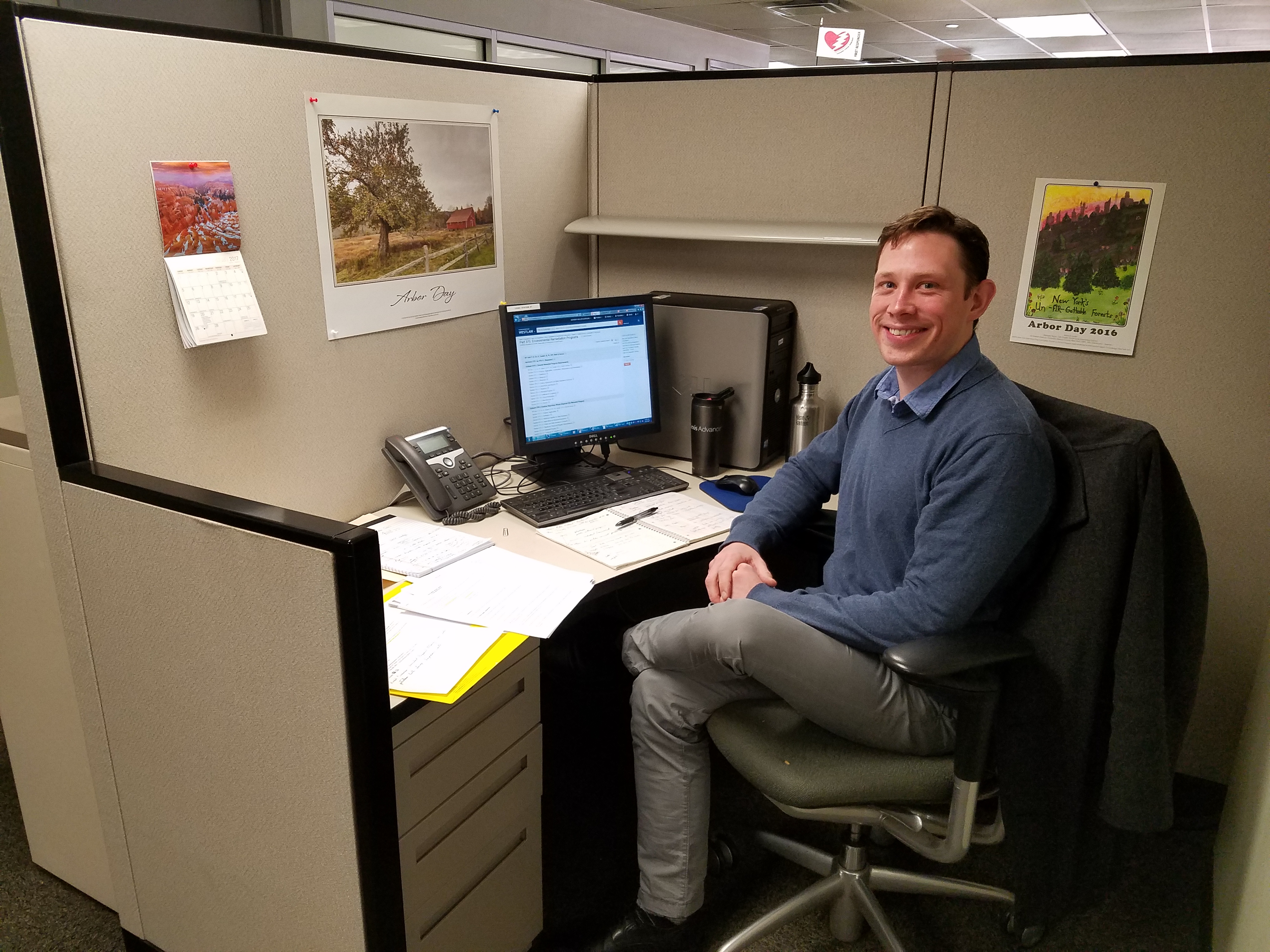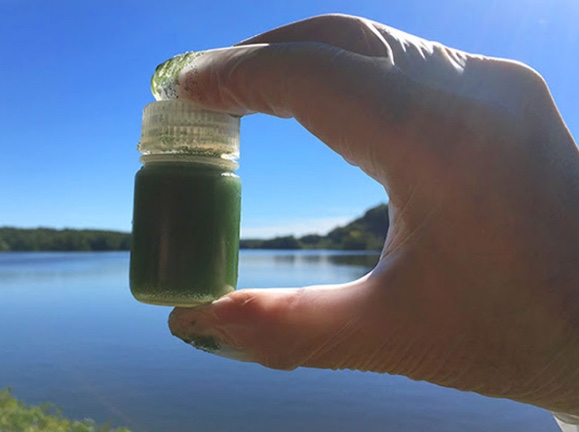Working for the President (of Manhattan)
NYC Government The governmental apparatus of New York City is probably more complicated than you think, unless you happen to have worked in it before. There are various city agencies, boards and judiciaries – and that’s all before we get to elected officials. The elected positions of New York City …




